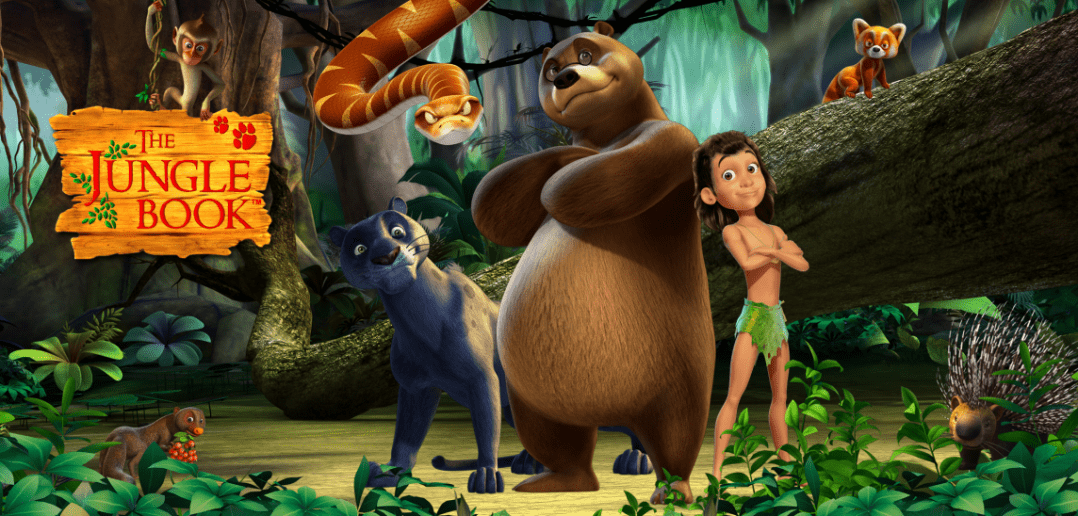Entertaining children in the 21st century involves connecting with children, understanding how their brains are wired and providing them entertainment in ways that stretch their imagination and challenge their abilities! We are living through extraordinary times, when children seem to be ‘digital ready’ even before they learn to walk or speak…
The world in which our children live is very different from that of yesterday. Today, kids around the world are using laptops, tablets, instant messaging, and cell phones to connect with friends and family. They are constantly bombarded with audio-visual messaging and expect to actively participate in the content through the various devices at their diposal.
Interactivity is the new buzzword. Kids are no longer passive viewers of the content that is being produced to entertain them. As a result, we see a trend towards a decrease in the number of hours spent by children viewing television and a corresponding increase in time spent on computers – playing games, connecting and digesting the content which is out there.
The availability of connected TV also enables producers to embed the ‘watch & play’ concept within and implement a cross-media strategy to engage kids of any age. Having a cross-media strategy is almost imperative for content producers these days. Content has to keep pace with the technological changes that are taking place, often in the blink of an eye.
Producing content for connected TV is going to become more important for producers in coming years. They will have to innovate and devise new ways to interact with their audience, and give them immediate access to games or quizzes related to the the TV series. The recall of the children who have just watched the TV series will be high, and the chances are that they will get engaged faster if the content to interact is already available and out there. The window of recall and engagement being really small, producers need to be constantly one step ahead of the game and extremely creative in ways to retain their audiences.
The cross-platform concept is already a part of the strategy for most companies in the film, TV and music segments. The ability to implement an effective cross-platform entertainment experience is likely to be the key difference between industry leaders and the also-rans in the business of kids’ entertainment.
Children like to be in a playful and transformative world, where kids & families can explore endless, play-driven opportunities. Watch fun video clips and full-length episodes of TV shows, play a wide range of games and activities, solve challenging puzzles, or vote in polls and take quizzes, and of course colouring, which is one the first tools parents like to print for their children.
We are mindful of these realities as we strategise to bring our IPs such as The Jungle Book, 5 & IT, Peter Pan and others to market. The necessity to have a 360 degree approach is more important than ever. Our children now have at their fingertips a virtual world with all its promises and drawbacks, and have the power to control or influence the success or failure of the content being produced.
DQ Entertainment is just one of the many kids’ TV companies attending MIPTV this year. See you there!




